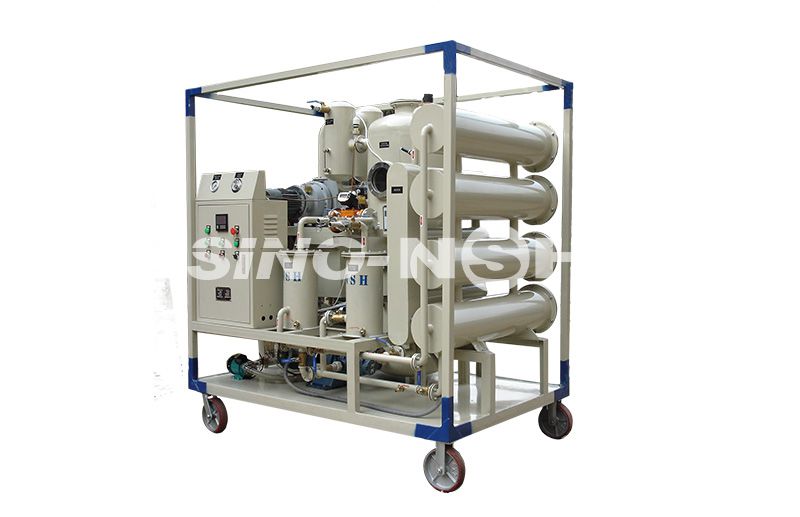E-mail seo@sino-purification.com

Time:2025-10-11 11:14:37 Reading volume:
Learn the key factors that determine oil purifier performance — filtration, dehydration, flow rate, and system design for reliable lubrication maintenance.
Lubricating oil purifiers are essential for keeping industrial oils clean, stable, and reusable. Their performance directly affects equipment reliability and maintenance cost.

Filtration Precision
Indicates the smallest particles the purifier can remove:
Coarse: >10 µm
Fine: 1–10 µm
Ultra-fine: <1 µm
Choose based on equipment needs — excessive filtration can raise cost and clog filters faster.
Water Removal Capacity
Shows how well the purifier removes free and dissolved water.
Coalescing separation: removes free water.
Vacuum dehydration: removes both free and dissolved water; ideal for deep drying.
High-grade units achieve water content below 100 ppm.
Flow Rate
Defines how much oil is processed per hour. The purifier should circulate the system oil in 1–4 hours for best efficiency.
Vacuum & Temperature Control
Vacuum lowers water’s boiling point for gentle dehydration. The temperature should stay below 70 °C to prevent oxidation.
Filtration system: multi-stage design protects core filters and extends life.
Dehydration system: may use coalescing, vacuum, or centrifugal separation.
Control system: automatic drainage, temperature control, and online monitoring improve safety and reliability.
Reliability: quality pumps, seals, and electrical parts ensure long life.
Economy: energy use, filter cost, and maintenance frequency determine efficiency.
Safety & Environment: leak-proof design, IP54 protection, and exhaust recovery reduce risk.
Ease of Use: clear interface, easy filter changes, and mobility support for daily operation.
Conclusion
A high-performance lubricating oil purifier ensures oil cleanliness, extends equipment life, and reduces maintenance costs. Selection should balance purification precision, dehydration depth, and operational economy.